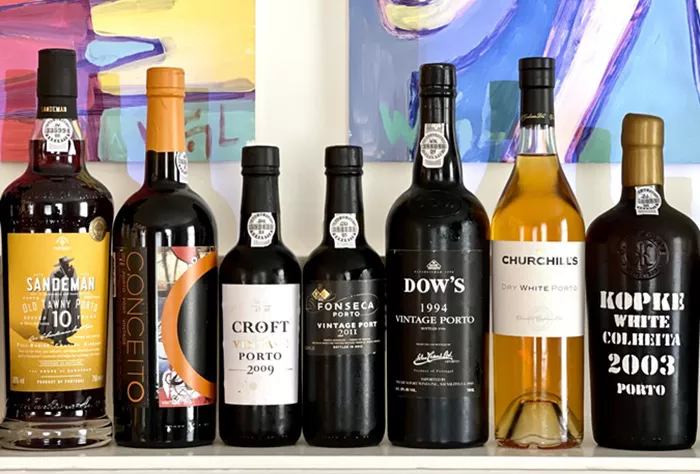Oct 23, 2024 – Napa Valley, California — Wine is increasingly being sidelined by younger consumers, who describe it as “boring” and less appealing compared to other drink options, according to a new study conducted by the Wine Market Council (WMC). The research, titled How to Attract Young Adults and Multicultural Consumers to Wine, uncovered that wine often lacks visibility on drink menus and fails to capture the attention of younger drinkers in casual dining settings.
The qualitative “shop-along” study, which tracked and interviewed participants through video as they shopped for wine in various settings — including casual restaurants, bars, grocery stores, and online retailers — revealed significant insights into what under-40 consumers like and dislike about wine. The study is part of a broader effort by WMC to understand how the wine industry can better connect with young adults and multicultural audiences.
Wine Lists: “Boring” and Unappealing
According to Dr. Liz Thach, MW, President of Wine Market Council, one of the most surprising findings from the study was how young adults viewed wine in casual dining establishments. “They described how wine is frequently listed towards the back of the beverage menu and looked boring and unappealing compared to the colorful photos and descriptions of cocktails and craft beers, which were often categorized by taste profiles,” Thach explained.
The study highlights that wine’s traditional presentation may need an overhaul to compete with other beverage options. The issue of poor visibility in restaurants and bars could be a key reason for wine’s waning popularity among younger drinkers.
A Broader Study to Come
This qualitative research is only the first phase of WMC’s larger study on the subject. The study followed 27 young adults as they shopped for wine, resulting in 46 hours of video footage and feedback. While the results are not statistically generalizable, they provide a starting point for the second phase: a national survey.
“The next step is a comprehensive national survey, which we are developing with our research partner, Ethnifacts,” said Christian Miller, Research Director at WMC. “The shop-along interviews helped us identify key issues that we’ll explore in the survey. One major area of focus will be how wine is presented in casual restaurants and bars. Other interesting topics include challenges in wine shopping and how young consumers perceive fruit flavors and alcohol content.”
Casual Dining Preferences Shape Findings
When allowed to choose the locations for the study, young consumers avoided high-end restaurants with extensive wine lists and sommeliers. Instead, they preferred casual venues like sports bars and wine bars, where the selection process for beverages is less formal and more relaxed.
“In some instances, shoppers were excited to find wine cocktails, such as iced wine slushies,” said Mike Lakusta, CEO of Ethnifacts. “This suggests there may be opportunities for wineries to offer more wine cocktail options, providing a new angle to engage younger consumers.”
Call for Descriptive Menus
Participants also expressed frustration with the lack of descriptive information about wines on menus. “Too often, the wine menu just lists generic options like ‘chardonnay’ or ‘cabernet sauvignon’ with a brand name. That doesn’t tell a young consumer what the wine will actually taste like,” Lakusta added. He emphasized that the wine industry needs to collaborate with casual restaurants and bars to create more informative and appealing wine lists, similar to how cocktails are presented.
Overwhelmed by Wine Selections in Stores
The study also found that many young adults felt overwhelmed by the sheer number of wine options in grocery stores and wine shops. Participants pointed out that simple signage, such as directions for red and white wines or a designated section for low- or no-alcohol options, was helpful — but noted that not all stores offered these aids. They also appreciated stores that featured staff recommendations or provided small tasting samples, though legal restrictions in some states prevent this option.
Mixed Experiences with Online Wine Shopping
Interestingly, many participants had little prior experience shopping for wine online, likely due to concerns over shipping costs. However, those who did participate in online shopping during the study found the experience enjoyable. “Several participants compared it to shopping for cosmetics or clothing, where they could filter their selections by color, style, varietal, and price,” said Lakusta.
Next Steps for the Wine Industry
Thach expressed excitement about the findings and the potential for more detailed insights from the upcoming national survey. “We’re eager to gather quantitative data next month to help us understand what specific steps the wine industry can take to better engage young adults and multicultural consumers,” she said. “This will give us concrete statistics and guide the industry toward more effective, responsible marketing strategies.”
About Wine Market Council
Wine Market Council (WMC) is a non-profit trade organization that has been studying U.S. wine consumers for over 25 years. WMC provides its members with access to research, webinars, newsletters, and industry statistics. Memberships start at $400 annually, depending on the size of the organization. WMC’s members include wineries, distributors, growers, importers, and various trade associations.
You Might Be Interested In:


